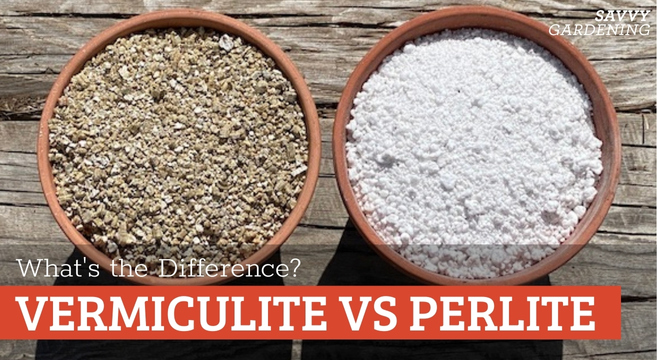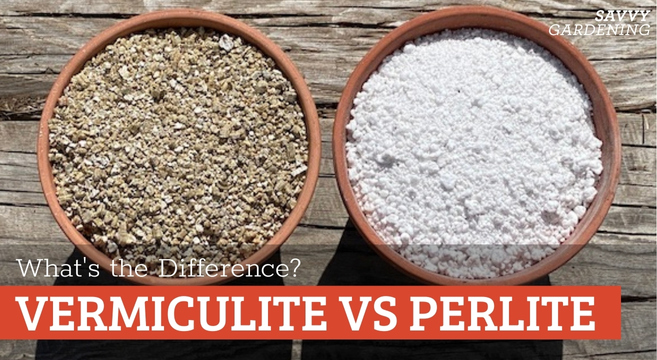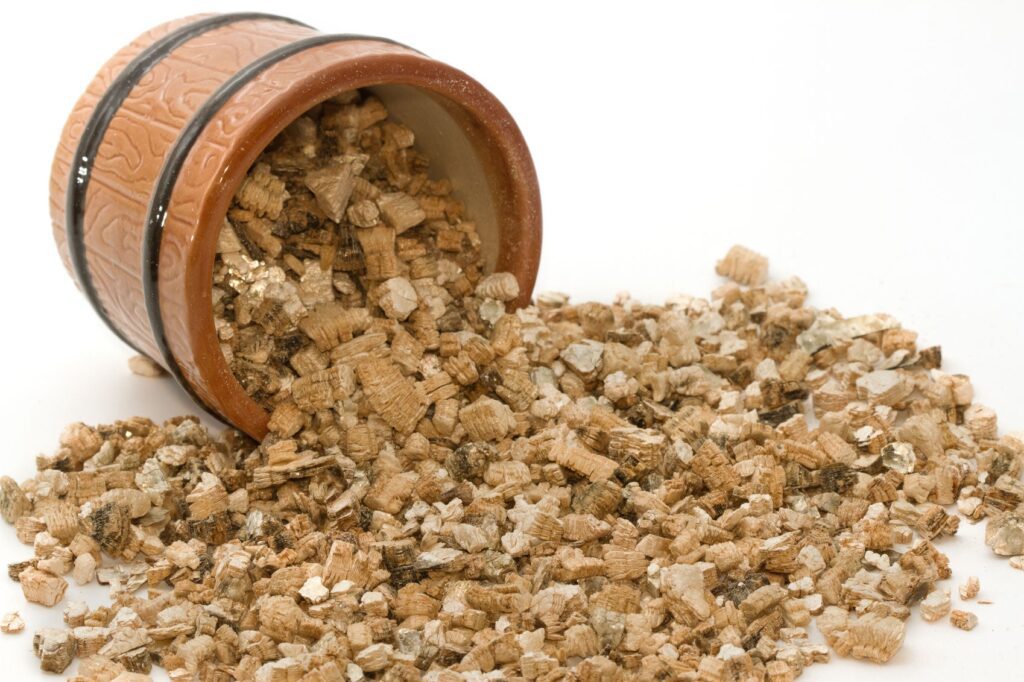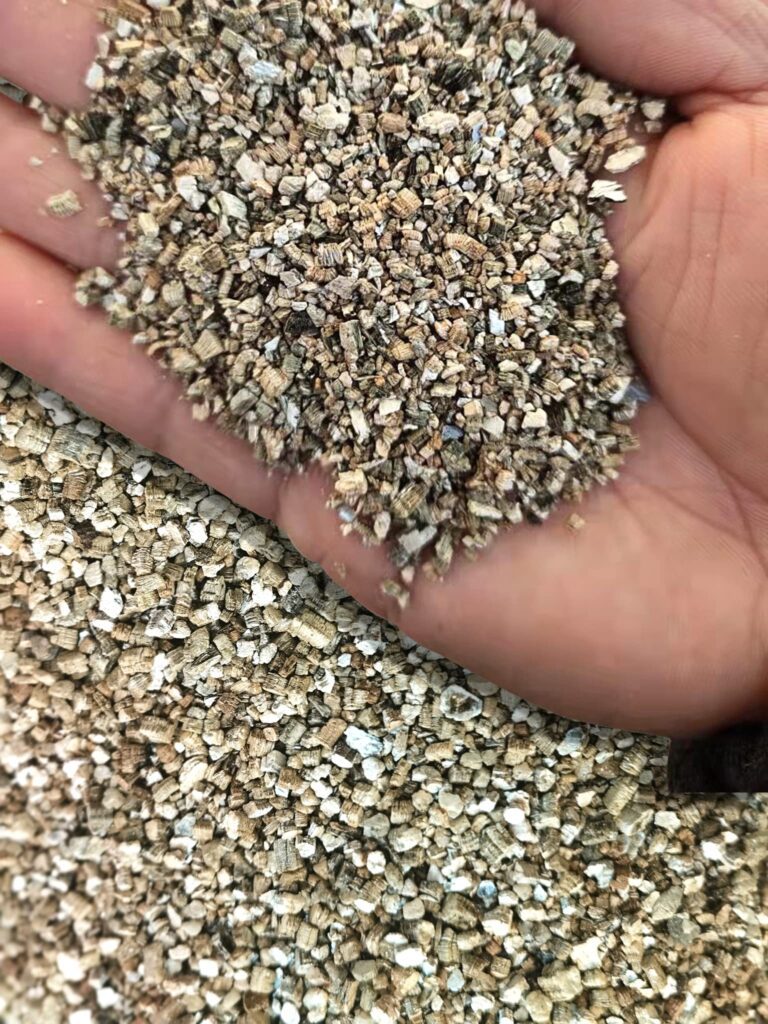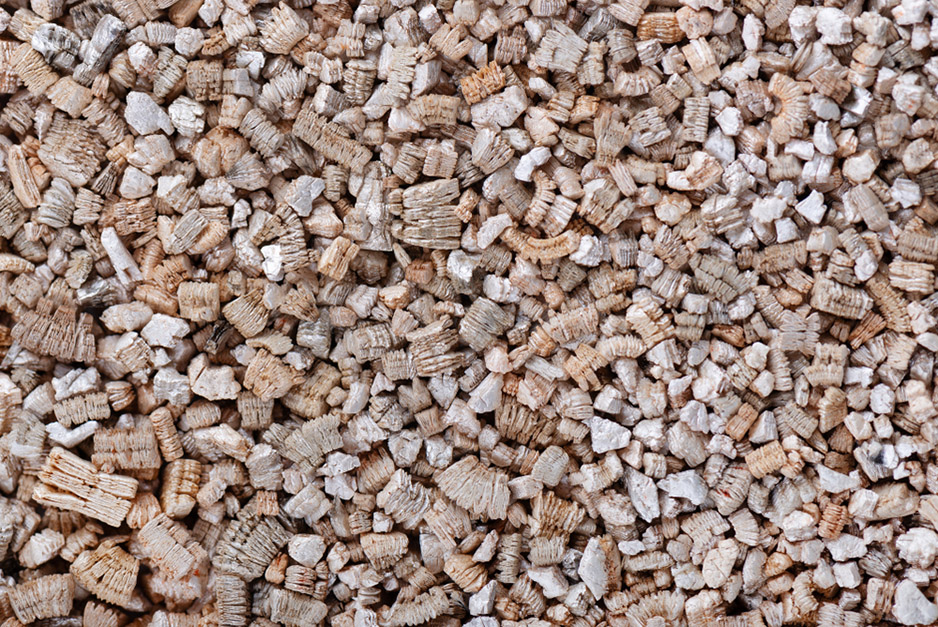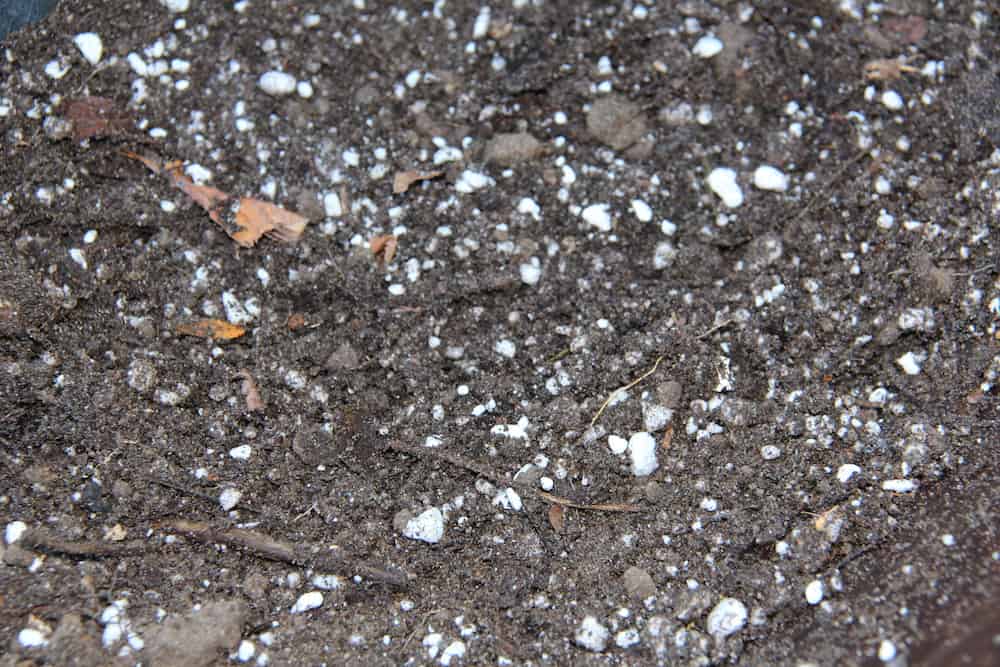Are you tired of your plants struggling to thrive? Have you tried various soil additives but haven’t found the right one? Look no further than vermiculite! This incredibly versatile mineral has a host of benefits for your gardening needs. From improving soil structure and moisture retention to promoting healthy root growth, vermiculite is a gardener’s best friend. In this article, we will explore the numerous advantages of using vermiculite and how it can transform your gardening experience. Say goodbye to lackluster plants and hello to vibrant, flourishing gardens with vermiculite!
Health Risks
Asbestos Contamination
Vermiculite is a mineral that is often contaminated with asbestos, a harmful substance known to cause serious health issues. When vermiculite is mined from the earth, there is a risk of asbestos fibers being released into the air. Inhalation of these fibers can lead to lung cancer, mesothelioma, and other respiratory diseases. Asbestos contamination is a significant concern when using vermiculite for various applications.
Respiratory Issues
In addition to the risk of asbestos contamination, using vermiculite can also lead to respiratory issues. The fine particles of vermiculite can easily become airborne, especially during handling or when the material is disturbed. Breathing in these particles can cause inflammation and irritation in the respiratory system, leading to symptoms such as coughing, wheezing, and shortness of breath. Individuals with pre-existing respiratory conditions or allergies may be particularly susceptible to these effects.
Eye and Skin Irritation
Another potential health risk associated with vermiculite is eye and skin irritation. The dust and particles released from vermiculite can come into contact with the eyes and skin, causing discomfort and irritation. If not properly protected, prolonged exposure to vermiculite may result in redness, itching, and even chemical burns. It is important to take precautions and use appropriate personal protective equipment when handling vermiculite to minimize the risk of eye and skin irritation.
Environmental Concerns
Energy Intensive Production
The production of vermiculite requires a significant amount of energy, contributing to environmental concerns. The process of mining, refining, and processing vermiculite consumes a large amount of electricity and fossil fuels. The reliance on non-renewable energy sources contributes to greenhouse gas emissions and exacerbates climate change. As the global focus shifts towards sustainable practices, the energy-intensive production of vermiculite raises concerns about its environmental impact.
Non-renewable Resource Depletion
Vermiculite is a non-renewable resource, meaning its supply is limited. Continuous extraction of vermiculite from the earth can lead to resource depletion, resulting in the diminishing availability of this material. As the demand for vermiculite grows, there is a risk of exhausting its resources, further contributing to environmental concerns. This depletion of non-renewable resources highlights the need to explore alternatives that are more sustainable and readily available.
Waste Disposal Challenges
Disposing of vermiculite can present challenges due to its potential contamination with asbestos. Proper disposal of any vermiculite that may contain asbestos is essential to prevent the release of harmful substances into the environment. However, the disposal process requires adherence to specific guidelines and regulations, which can be challenging and costly. Improper disposal of vermiculite can have serious consequences, including the contamination of soil, water, and wildlife habitats. It is crucial to handle and dispose of vermiculite responsibly to minimize its impact on the environment.


Limited Applications
Insulation Only
One of the limitations of vermiculite is its restricted range of applications. Vermiculite is primarily used as an insulation material, known for its ability to retain heat. However, its use is largely limited to insulation purposes and does not offer the same versatility as some other materials. For individuals seeking a multi-functional material for various projects, vermiculite may not be the most suitable choice.
Poor Structural Support
Vermiculite lacks the necessary properties to provide adequate structural support in construction or gardening applications. Its lightweight and porous nature may not be able to withstand heavy loads or provide the stability required for structural integrity. As a result, using vermiculite as a standalone material for load-bearing purposes or in structural applications is not recommended.
Not Suitable for Hydroponic Systems
Hydroponic systems rely on a growing medium that provides stability, water retention, and nutrient delivery to plants. While vermiculite can be used as a component of a growing medium, it is not suitable as the sole medium in hydroponic systems. The absence of sufficient water-holding capacity and nutrient retention capabilities makes vermiculite less effective in hydroponics. Other alternatives, such as perlite or rockwool, are better suited for hydroponic applications due to their superior water retention and aeration properties.
Alternatives Available
Perlite
Perlite is a popular alternative to vermiculite in various applications. It is an amorphous volcanic glass that undergoes a heating process, causing it to expand and form lightweight granules. Perlite offers excellent water drainage, aeration, and insulation properties, making it suitable for uses such as potting mixes, soil amendments, and hydroponics. Its neutral pH, sterile nature, and ability to retain moisture without compacting make perlite a versatile choice for horticultural and construction purposes.
Coco Coir
Coco coir, derived from coconut husks, is another alternative to vermiculite with several advantages. It is a renewable resource that provides excellent water retention, aeration, and nutrient availability. Coco coir is widely used in gardening, especially in seed starting mixes, organic soil blends, and hydroponics. Its ability to retain moisture while promoting good drainage makes it ideal for plants’ healthy root development. Moreover, coco coir is environmentally friendly, biodegradable, and supports sustainable practices.
Rockwool
Rockwool, also known as mineral wool or stone wool, is a popular alternative to vermiculite, particularly in hydroponics and insulation. It is made from molten rock spun into fibers, which are then compressed into blocks or slabs. Rockwool provides excellent water retention, aeration, and root support while allowing for efficient nutrient uptake. Its resistance to decomposition, pest infestations, and mold growth makes it a reliable option for various agricultural and construction applications.


Lack of Regulation
Inconsistent Mining Practices
One of the concerns with vermiculite usage is the lack of consistent mining practices. The mining operations may vary in different regions and countries, leading to variances in the quality and safety of the vermiculite obtained. Inadequate mining practices can result in increased risks of asbestos contamination and other health hazards. The lack of standardized regulations and oversight poses a challenge in ensuring the safe extraction and processing of vermiculite.
Lack of Strict Quality Control
Without stringent quality control measures, the vermiculite industry may face challenges in maintaining consistent standards. Variations in the composition and purity of vermiculite can affect its performance and safety in different applications. Inadequate quality control can result in the distribution of inferior or contaminated products, jeopardizing the health and well-being of individuals using vermiculite. The establishment of comprehensive quality control protocols is crucial to ensure that only safe and reliable vermiculite reaches the market.
Expensive Transportation
High Transportation Costs
Vermiculite mining sites are often located far away from consumption areas, resulting in high transportation costs. The need to transport vermiculite over long distances adds to the environmental impact due to increased fuel consumption and emissions. These transportation costs can contribute to the overall expense of using vermiculite, making it a less cost-effective choice compared to locally sourced alternatives.
Limited Availability in Certain Regions
Due to its specific geological formation and extraction requirements, vermiculite may not be readily available in all regions. This limited availability can result in higher costs and logistical challenges for those seeking to use vermiculite in their projects. In some cases, importation of vermiculite from distant locations may be necessary, further adding to the transportation costs and environmental footprint. The lack of widespread availability can make it difficult for individuals in certain regions to access vermiculite for their desired applications.
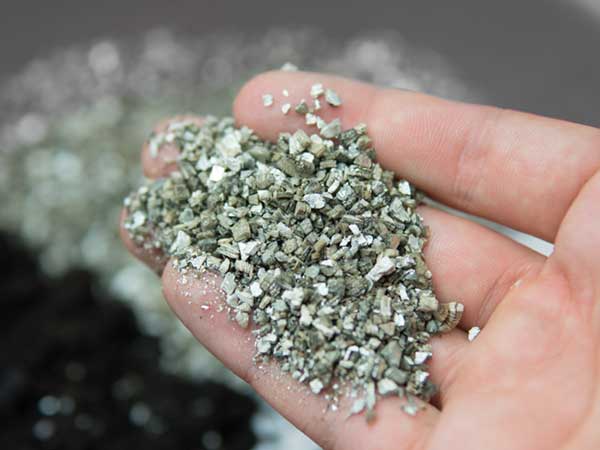

Risk of Contaminating Plants
Possible Heavy Metal Contamination
Vermiculite can potentially contain heavy metals such as arsenic, lead, and cadmium, which are harmful to plants. These contaminants may be present in the vermiculite due to its geological origin or as byproducts of the mining and processing methods. The presence of heavy metals can have detrimental effects on plant growth, nutrient absorption, and overall health. To ensure the well-being of plants, it is essential to thoroughly test and verify the quality of vermiculite before use, especially in applications involving direct contact with plant roots.
Unsuitable pH Levels
Vermiculite has a naturally high pH level, which can be unsuitable for certain plant species. Plants have specific pH requirements for optimal growth and nutrient uptake, and vermiculite’s alkaline nature may not be conducive to their needs. Adjustments to the pH of the growing medium may be necessary when using vermiculite to prevent nutrient deficiencies or imbalances. This additional step adds complexity and may not be suitable for individuals looking for a hassle-free gardening experience.
Decreased Nutrient Retention
Less Holding Capacity
Compared to some other growing mediums, vermiculite has a relatively lower nutrient holding capacity. While it can retain moisture well, vermiculite’s ability to retain essential nutrients for plants may be limited. Nutrient availability is crucial for healthy plant growth, and a growing medium with higher nutrient retention capacity can support plants’ long-term nutritional needs more effectively.
More Frequent Watering Required
Vermiculite’s high moisture retention can be a double-edged sword. While it can prevent plants from drying out too quickly, it also means that vermiculite may retain excessive moisture for extended periods. This can increase the risk of overwatering and result in root rot or other moisture-related issues. The need for more frequent watering and careful monitoring of moisture levels can be a significant inconvenience, especially for busy gardeners or those without easy access to their plants.
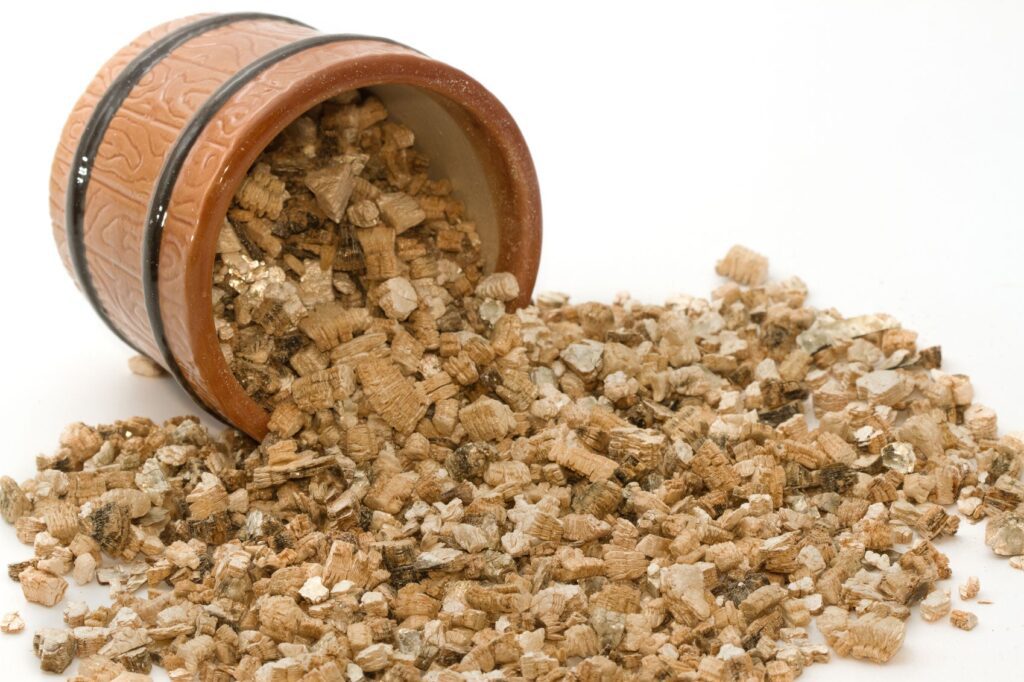

Difficulties in Sourcing
Few Reliable Suppliers
Finding reliable suppliers for vermiculite can be challenging, particularly in some regions or smaller markets. The limited number of suppliers may lead to price fluctuations, inconsistent availability, and potential difficulties in obtaining vermiculite for specific projects. This lack of a robust supply chain may require individuals to explore alternative options or incur additional costs to source vermiculite from reputable and reliable suppliers.
Limited Options for Bulk Purchases
For those looking to purchase vermiculite in bulk quantities, limited options in the market can pose difficulties. Bulk purchasing is often more economical and convenient for larger-scale projects or commercial purposes. However, the restricted availability of vermiculite suppliers that offer bulk purchasing options may limit the feasibility of using vermiculite in such applications. This constraint may drive individuals and businesses to consider alternatives with more accessible bulk purchase options.
Lack of Stability
Compaction Issues
Over time, vermiculite may become compacted, losing its desirable properties and compromising its functionality. The compaction can reduce the aeration and drainage capabilities of vermiculite, leading to poor root development and potential waterlogging issues. Additionally, compacted vermiculite may lose its insulation properties, diminishing its effectiveness in maintaining desired temperatures. To maintain optimal performance, regular monitoring and amending of the vermiculite may be required.
Substantial Settling over Time
Vermiculite has a tendency to settle and shrink as it ages or experiences moisture fluctuations. This settling can lead to uneven distribution and structural instability within the growing medium, affecting plant root systems and overall plant health. Regular replenishment or mixing of the vermiculite may be necessary to counteract the settling and ensure consistent performance. The need for ongoing maintenance and management can be inconvenient for those seeking a low-maintenance growing medium.
In conclusion, while vermiculite has been used for insulation and other purposes, it is important to consider the associated health risks, environmental concerns, limited applications, lack of regulation, high transportation costs, risk of contaminating plants, decreased nutrient retention, difficulties in sourcing, and lack of stability. With the availability of alternatives such as perlite, coco coir, and rockwool, individuals and businesses have viable options that offer better performance, sustainability, and ease of use. By carefully considering the advantages and drawbacks of vermiculite, individuals can make informed decisions and choose the most suitable materials for their specific needs.
